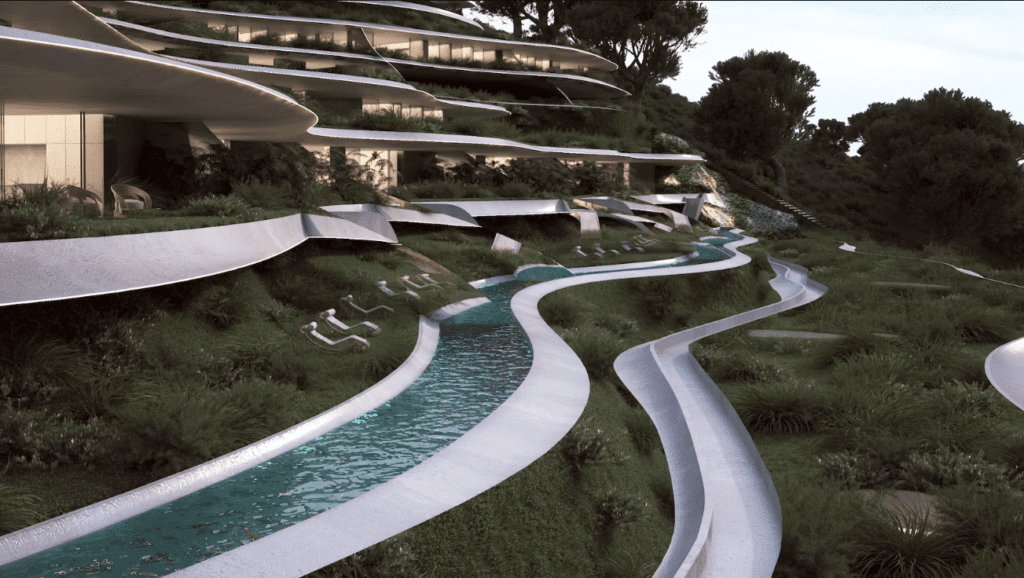The Rise at Monterrazas: Distinguishing Between Plagiarism and Imitation in Architecture
- 3 min read
- August 31, 2023
Once again, Slater Young has captured the attention of the netizens through his latest project, ‘The Rise at Monterrazas.’ In his recently shared 18-minute video, he showed how he and his team drew inspiration from the Banaue Rice Terraces, aligning their design with the natural contours of the mountain terrain instead of having it built vertically.
The vlog rapidly ignited varied online responses, with certain individuals voicing frustration over the environmental risks. Many quickly responded that the project “copied” 314 Architecture Studio’s Gods and Dreams Resort concept.

How often does “copying” happen in Architecture?
According to Stewart Hicks, “Copying is even baked into our DNA, it’s how we reproduce and it’s how we learn.” Reflecting a similar sentiment, Robert Venturi also stated, ”There is nothing wrong with being influenced, or even with copying. Imitating is how children learn. You have to acknowledge sources.”
While some architects view copying as a form of flattery, it raises concerns of plagiarism for others. George Ranalli, an American modernist architect, aptly expressed this dilemma, stating, ”It is extremely flattering, to feel that you influenced someone, but extremely unpleasant to find someone making a quick gain from your own long labors.”

The increasing legal cases in some countries and discussions about design “copying” highlight the need for clearer rules in this field. Similar to artists and writers, architects grapple with determining the acceptable extent of inspiration before it’s labeled “plagiarism.”
While architects have the responsibility to uphold the principles of integrity and originality, they also exist within a creative ecosystem where ideas flow, evolve, and intermingle. Common design challenges, project types, and cultural references can lead to natural overlaps, blurring the line between influence and copying. Collaboration further contributes to this, as young architects spread ideas by moving between firms.
Addressing this issue requires a balanced perspective. As architecture continues to evolve in an interconnected world, the conversation surrounding plagiarism and imitation must evolve as well. Architects can navigate these challenges by promoting transparency and dialogue, ensuring their authentic contributions endure in the evolving built environment.
Where do you draw the line between architectural plagiarism and inspiration?
Was this insightful? Give a thumbs up or post a comment.
For more of our blogs, check out https://mgsglobalgroup.com/blog/.

Connect with us!



